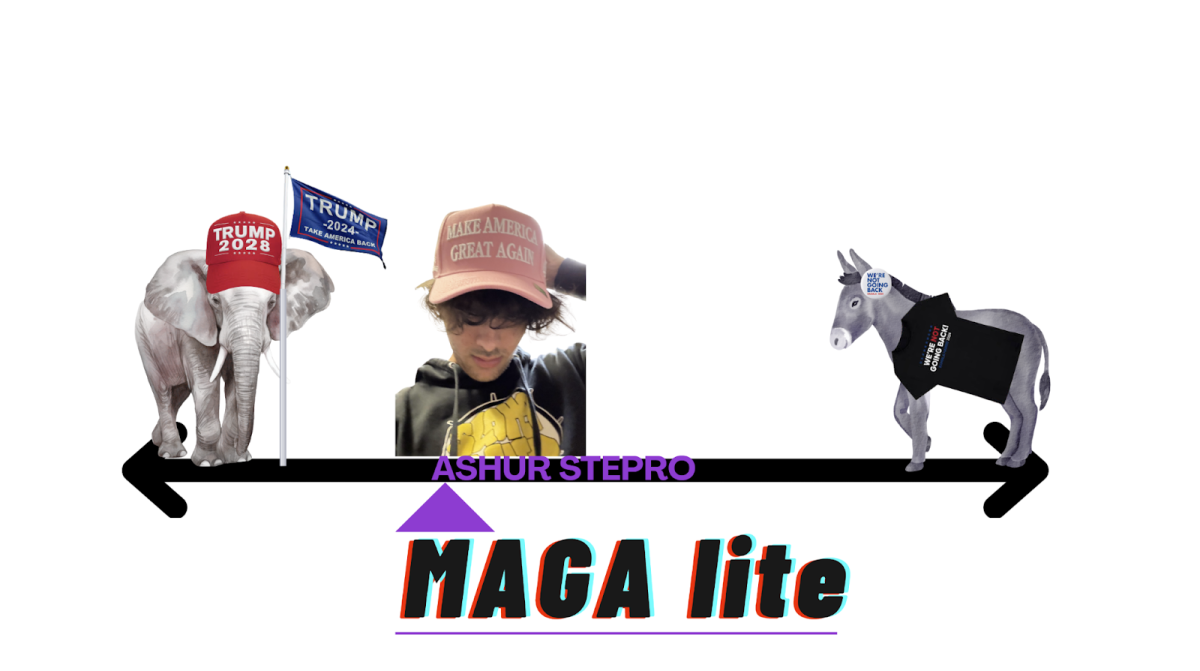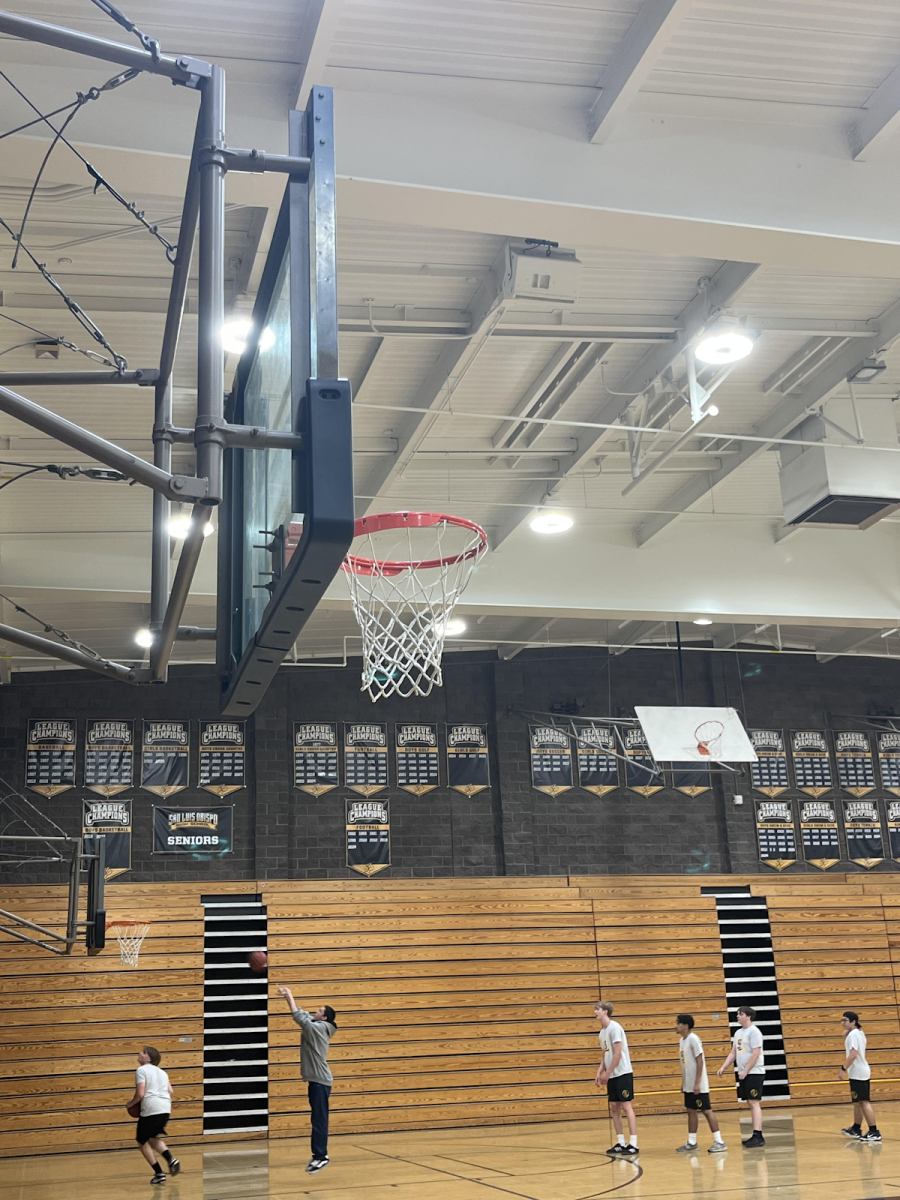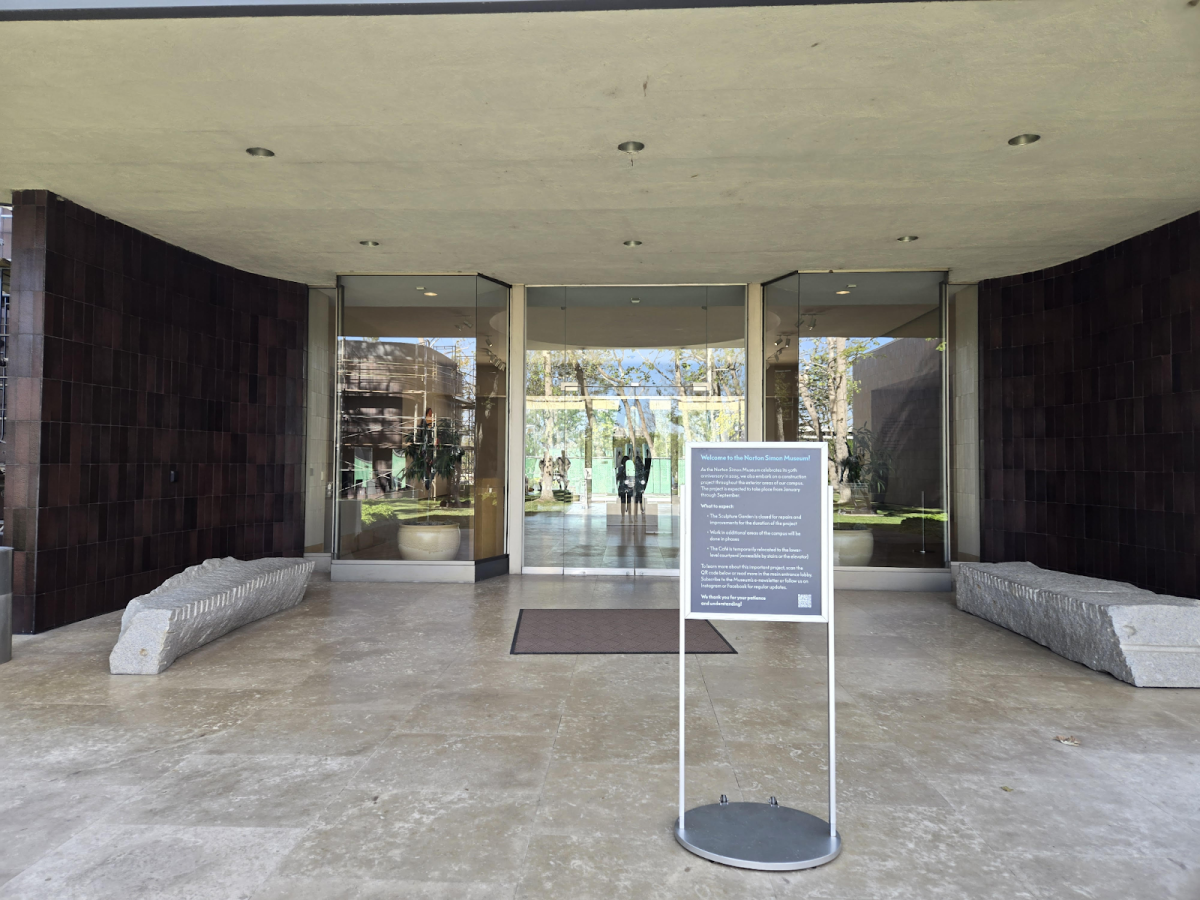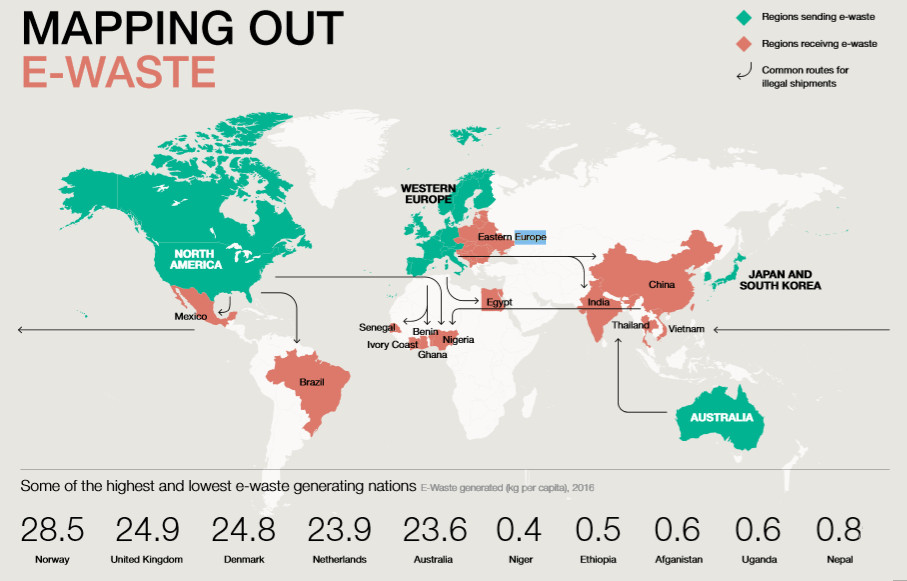Photo courtesy of freshman Lana Goodman.
Under the United States constitution, men and women are created equal, but when it comes to clothing at school, they’re not treated like it. The first dress code law, Tinker vs. Des Moines, ruled that “‘Students don’t shed their constitutional rights at the schoolhouse gates,’” and yet women continue to get disproportionately dress coded and punished for their bodies.
Currently, the dress code of SLOHS is being planned for next year.
According to “Safety and Security Practices at Public Schools,” 20 percent of all public schools in the United States require school uniforms. Dress codes and uniforms restrict the shape, size, color, and pattern of clothing that students wear. Often, the goal is to create a focused environment for students to get the best quality education. The efforts fall short, however, because of the negative effects that school dress codes have.
To create a fair and safe environment for all students, the dress code needs to be modernized so it is inclusive, reasonable, and equally applied at San Luis Obispo High School.
Many school officials can agree that the goal of enforcing a dress code is to create a safe and productive learning environment where students feel secure and focused. In order to do so, schools have to make sure that their rules are inclusive of all students regardless of gender identity, race and ethnicity, religion, etc. This means being “attuned to cultural and religious differences and [allowing] students to do their hair (Afro, dreadlocks) and wear clothing (hijab, turban, yarmulke) that reflect these differences. And they include rules that protect students from those who appropriate or insult their religion or culture through clothing choices” (Brown). When dress codes and uniforms don’t allow for these differences to be included, it creates an unsafe environment for students from different backgrounds and communities.
Furthermore, it is vital that schools throw out gendered terms when creating a dress code so that students of different gender identities and transgender youth feel included and validated.
High school is a time of self-discovery; students use this time to figure out their unique styles and ways to express themselves.
Restricting this opportunity takes away from an important part of development and self-discovery for many teenagers.
In addition, dress codes and uniforms need to account for lower-income households where students wear whatever they can afford. The APA Dress Code states that “All clothing must be clean and in good repair (without holes),” which is unfair to students who may not be able to afford proper care for their clothes. It is unacceptable to “shame students already struggling with hypervisibility that comes with not wearing the latest styles or the most popular brands, much less clothing that fits well.” Rules that restrict how short a skirt must be or how tight a top can fit don’t account for people who cannot afford new clothes.
Reasonability is a factor that many students ask their districts to consider when crafting a dress code. Bex Dudley, a blogger for Powered by Girl, explained how her school provided uniforms made from thin material, then shamed girls for having bras that showed through the slightly sheer fabric. This is a common issue with many dress codes. They are chastising girls for being distracting when girls “are not responsible for how boys view them… their clothing choices are not responsible for boys’ inability to focus or learn” (Brown). Treating women like they are at fault for receiving unwanted attention comes strikingly close to blaming the victim in sexual assault cases. It is important to reflect on what these rules are teaching the next generation.
A large issue with many dress codes is that they aren’t equally applied. Many dress codes unfairly target women, especially transgender women, women of color, and women living in poverty. In 2021, a high school in Florida caused viral outrage after students received yearbooks and found that at least 80 female students’ photos had been poorly edited to cover their bodies (Cramer). In contrast, none of the male student photos had been edited, including ones of the boy’s swim team in Speedos. It wasn’t about the amount of skin showing, but rather how the female students were sexualized and objectified by adults who feel that a girl’s shoulder is inappropriate.
One student noticed “that teachers target girls with curvier figures. . . . [G]irls aren’t getting in trouble for the length of their shorts,’ she writes. ‘They’re getting in trouble for the shape of their bodies.”
It is completely immoral to dress code people for their bodies, something they cannot change. The message it sends is that female bodies are “‘dirty, ugly objects that must be covered,’” which can grow into shame and insecurities in later years.
A study from the Kirwan Institute for the Study of Race and Ethnicity found that “teachers are more likely to discipline girls of color for minor offenses like dress code policy violations and are more likely to give them harsher punishments.”
When policies aren’t fairly applied, it reflects the unconscious biases of the staff enforcing them. Teachers with a “tendency to judge a girl’s character by how she dresses…have not confronted their internalized sexism or racism. [Staff] who struggle with students who challenge the gender binary cannot apply dress codes fairly” (Brown). The disproportionate number of women (especially women of color) being dress coded compared to their white male counterparts displays the flaw in dress codes. The best way to combat this issue is to require staff to take diversity and bias prevention training courses.
While there are some benefits to having a uniform when provided for all students and without gendering the clothing, there are many parts of school uniforms that create issues.
Rules that “Students will not be allowed to attend class if they are out of uniform” put clothing above student education (“Why School Uniforms?”). The point of going to school is to learn, so “There is no logic to a policy that takes away a girl’s right to education because her skirt is too short.”
Preventing students from learning for arbitrary reasons and shaming them in the process creates an unhealthy learning environment.
Strict school dress codes and uniforms often restrict what the students wear based on gender identity. How they style their hair, what accessories they can use, and whether or not they can tuck in their shirts or wear boots all depend on their gender.
These rules “promote gender stereotypes and unfair treatment” as well as create double standards. School should be a safe space for students to learn; it should be a place where they are comfortable being themselves.
According to the article “Why School Uniforms?,” their dress code supports “beliefs that uniforms decrease distractions.” While it is an admirable goal, there is little evidence to back up that belief. In fact, a study into the academic impact of school uniforms found that “Despite the belief of many parents and teachers, school uniforms don’t seem to have any effect on young students’ behavior or attendance overall” (“School Uniforms Don’t Improve Child Behavior, Study Finds.”). The study did, however, find that “those who had to wear uniforms reported lower levels of school belonging than did those who attended schools with no uniform requirements.” Students felt a lesser sense of belonging due to the inability to express their individuality.
The negative effects of a strict dress code far outweigh the benefits. At San Luis Obispo High School, the dress code is being implemented next year. It is vital that administrators help make school a safe place by taking into account students’ differences, providing explanations for the rules, and enforcing the rules equally.
Updating the dress code will help prevent another generation from growing up feeling ashamed of their bodies and scared to express themselves for fear of being publicly humiliated by grown adults.
Sources: Nytimes, ScienceDaily, rethingschools.org, Americanprep.org




































